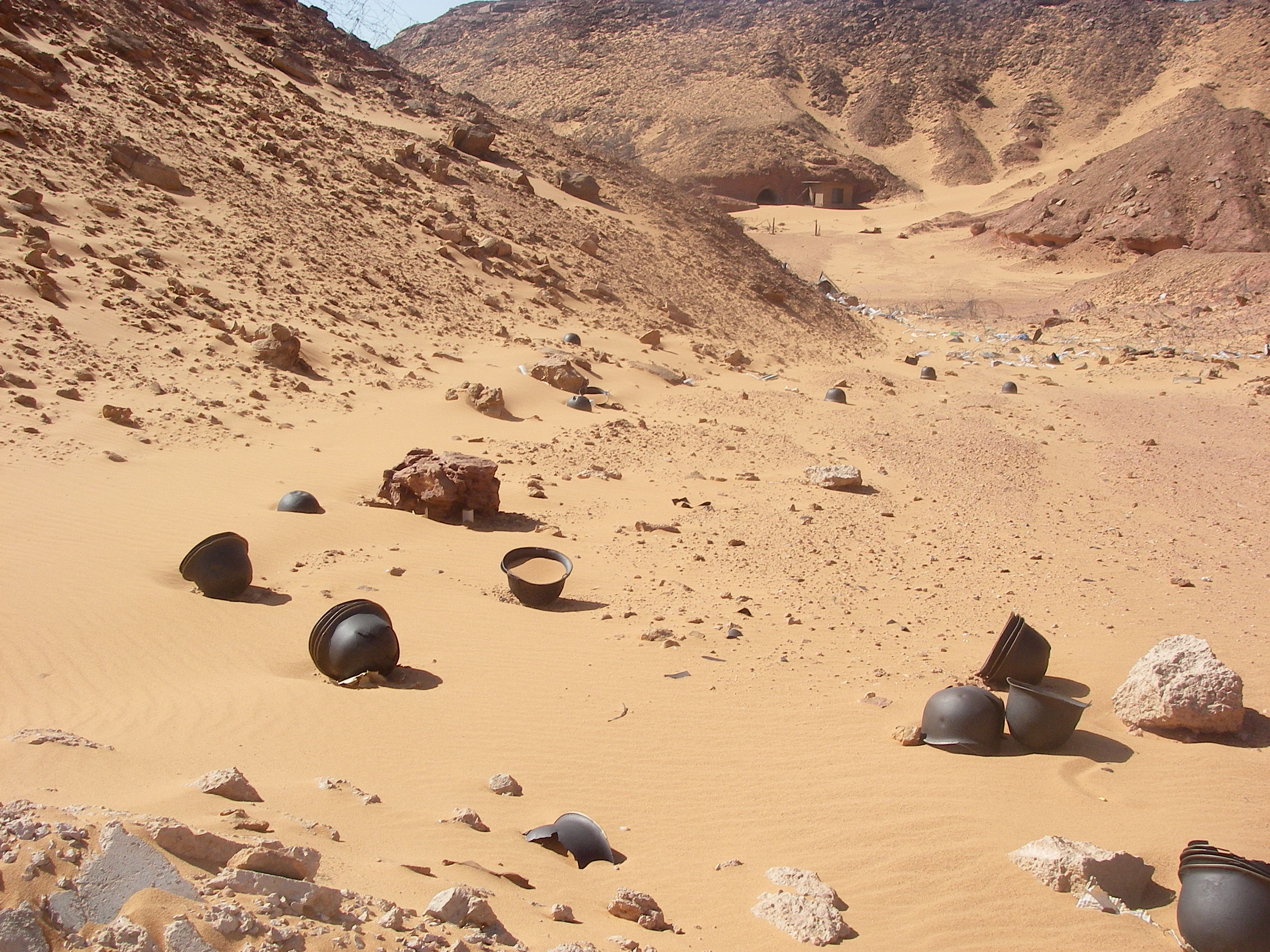My translation. De Gaulle’s official remarks were circulated in press outlets, as cited in Serge Berstein and Pierre Milza, Histoire de la France Au XXe siècle (Paris: Editions Complexe, 1999), 315.
Bruno Barrillot, Les irradiés de la république: les victimes des essais nucléaires français prennent la parole (Bruxelles: Editions GRIP, 2003), 19–20.
Barrillot, Les irradiés de la république, 19–20.
“Rapport sur les essais nucléaires français 1960-1996, tome 1: La genèse de l’organisation et les expérimentations au Sahara CSEM et CEMO,” 46–47.
“Rapport sur les essais nucléaires français,” 129–38.
Barrillot, Les irradiés de la république, 55.
Barrillot, Les irradiés de la république, 55.
On the French atomic weapons tests in the southern Pacific Ocean, see, for example, Sébastien Philippe and Tomas Statius, Toxique: Enquête sur les essaies nucléaires française n Polynésie (Paris: PUF, 2021).
Charles Ailleret, L’aventure atomique française: Comment naquit la force de frappe. Souvenirs et réflexions (Paris: Editions Bernard Grasset, 1968), 382.
“Radiological Conditions at the Former French Nuclear Test Sites in Algeria: Preliminary Assessment and Recommendations: Radiological Assessment Reports” (Vienna: International Atomic Energy Agency, 2005), 7.
“Radiological Conditions at the Former French Nuclear Test Sites in Algeria,” 15, 16.
“Radiological Conditions at the Former French Nuclear Test Sites in Algeria,” 35.
“Radiological Conditions at the Former French Nuclear Test Sites in Algeria,” 1.
“Radiological Conditions at the Former French Nuclear Test Sites in Algeria,” 1.
The slightest dust of plutonium that settles in mucous membranes can radiate for ten or twenty years. Vent de Sable: Le Sahara des essais nucleaire (Sand Wind: The Sahara of the Nuclear Tests), directed by Larbi Benchiha, 2008.
Bruno Barrillot, “Visite du site d’essais français de Reggane au Sahara algérien: Observatoire des armements,” Damoclès, 2007, ➝
